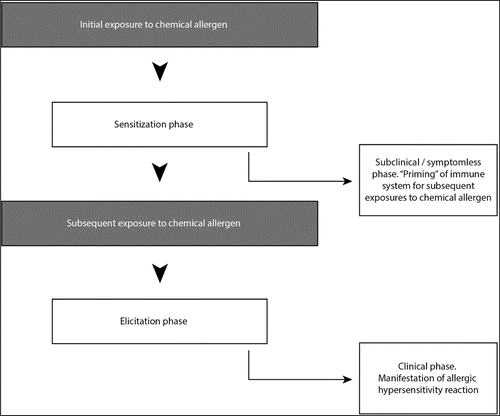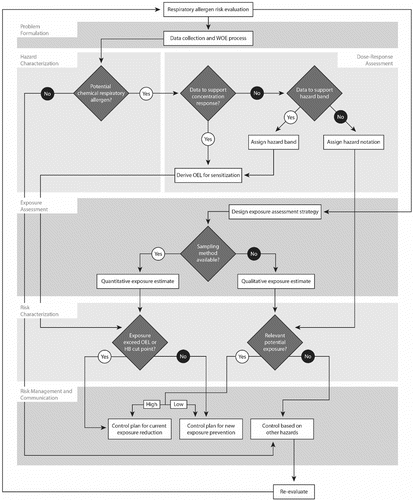Figures & data

Table 1 ACGIH Threshold Limit Values (TLVs) Based on Immune-mediated Health EndpointsA
Table 2 Overview of Animal Test Protocols Designed to Determine Skin Sensitization
Table 3 Qualitative Hazard Notations Designations for Chemical Allergens
Table 4 Risk Management Guidance for Chemical Allergens
Table 5 Checklist Summary of Key Considerations During Assessment of Health Risks Associated with Chemical Allergens

